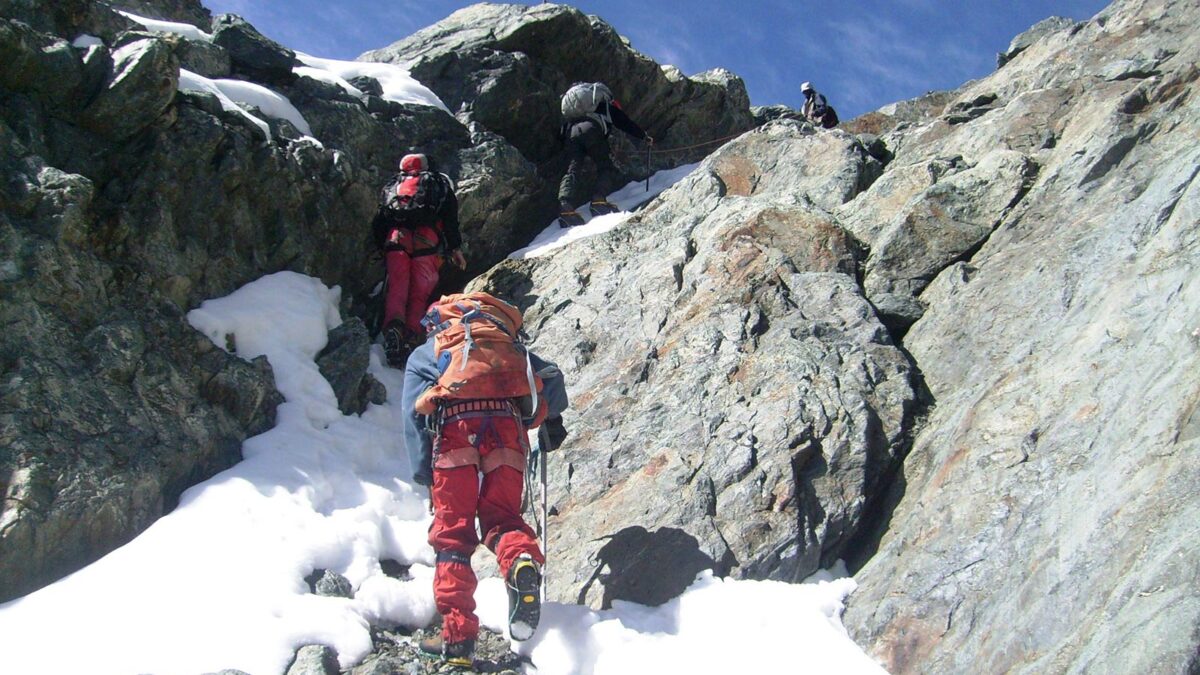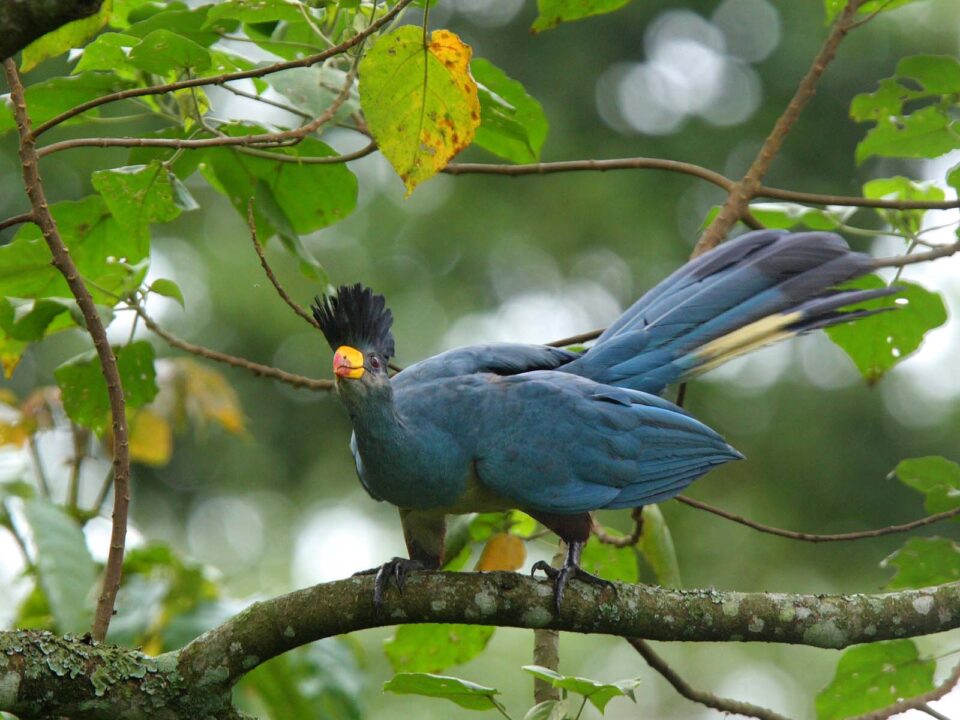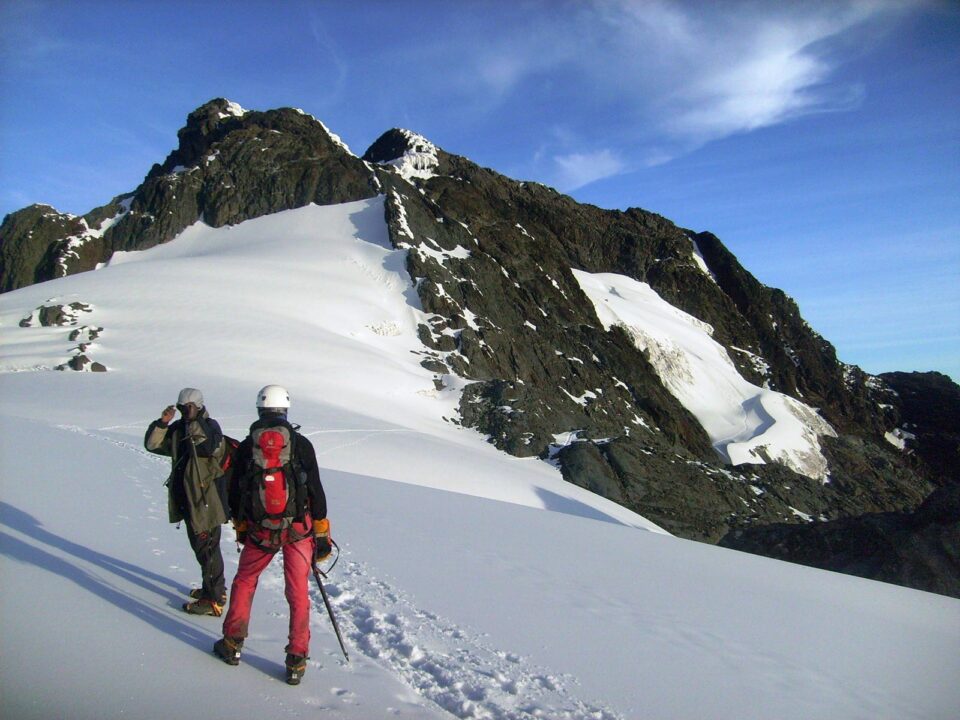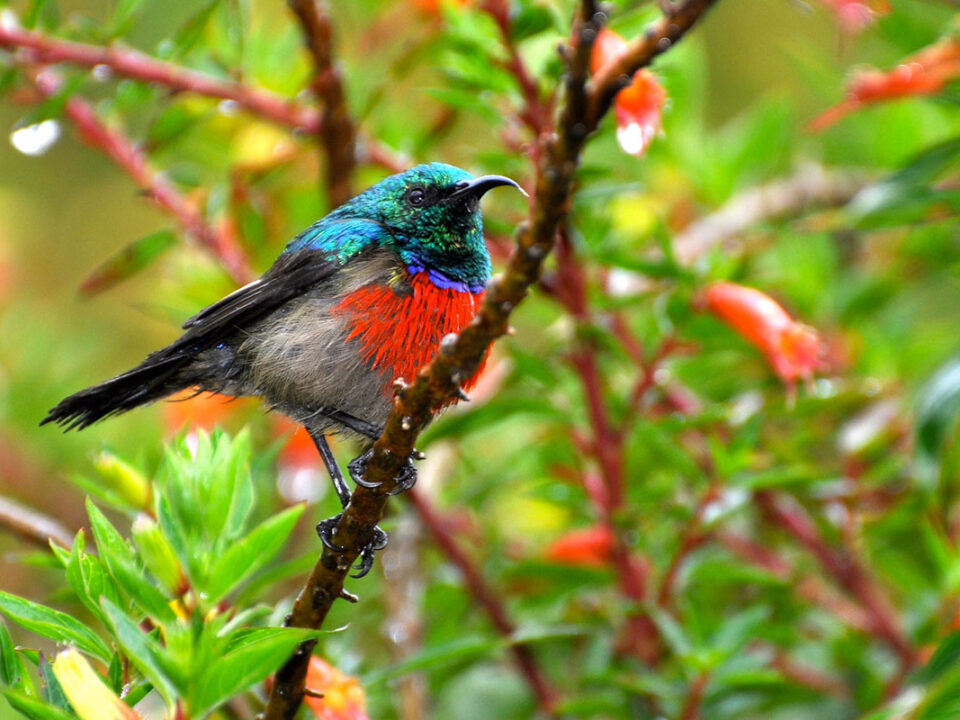Getting to Rwenzori National Park

Exclusive Nature Walks in Rwenzori National Park
September 12, 2023
Exclusive Cultural Encounters in Rwenzori National Park
September 12, 2023Journeying to Rwenzori National Park: A Pathway to Hikes, Nature Walks, and Wildlife
Discovering the Gateway to Rwenzori National Park
Rwenzori National Park, a realm of natural wonders, is nestled approximately 400 kilometers west of Uganda’s bustling capital, Kampala. Bordered by Fort Portal, home to Kibale Forest National Park, Kasese, the gateway to Queen Elizabeth National Park, and Budibugyo district, where Semuliki National Park awaits, this park offers a tapestry of experiences, from invigorating hikes to serene nature walks and captivating wildlife encounters.
By Road: Navigating the Scenic Routes
Embarking on a road journey to Rwenzori National Park unveils two captivating routes:
From Kampala to Fort Portal via Mubende:
This 361-kilometer expedition leads you through a scenic landscape, passing through Mityana, Mubende, and Kyegeggwa. Along the way, you’ll traverse Kibale Forest National Park, treating your senses to the rich biodiversity it holds. As you continue, the road meanders through picturesque tea plantations in Fort Portal, offering a delightful prelude to the mountainous terrain. Just 8 kilometers shy of Kasese town, a pivotal junction awaits, marking your entry into the world of Rwenzori.
From Kampala to Kasese via Mbarara and Bushenyi:
This 384-kilometer odyssey introduces you to Uganda’s diverse landscapes. The journey takes you through Mpigi, Masaka, and Lyantonde, offering glimpses of Lake Mburo National Park and its long-horned Ankole cattle. After a lunch break in Mbarara, you’ll continue through Bushenyi, passing enchanting tea farms and the lush Kalinzu Forest. As you navigate the Kyambura Gorge chimpanzee escarpment, you’ll enter Queen Elizabeth National Park before reaching Kasese town, a mere 15 kilometers from the park’s headquarters in Nyakalengija.
By Air: Soaring to New Heights
For those seeking swifter access to Rwenzori National Park, domestic flights operated by Aerolink Uganda and Kampala Executive Aviation can transport you to Kasese airstrip, conveniently located near the park. This aerial journey not only reduces travel time but also provides mesmerizing aerial views of Uganda’s diverse landscapes.
Choosing the Right Time to Explore Rwenzori National Park
Mount Rwenzori National Park, situated along the equator, experiences varying climatic conditions throughout the year. While rain graces most of the park’s regions, the eastern slopes receive the highest rainfall amounts. Rainfall generally occurs from March to May and from September to mid-December.
For an optimal touring experience, consider planning your visit between June and September. During these months, many parts of the park tend to be drier, ensuring more comfortable exploration. The park’s temperatures typically range from a mild 5 to a pleasant 20 degrees Celsius, providing a temperate climate for your adventure.
Where to Find Rest Amidst Rwenzori’s Majesty
Rwenzori National Park offers a range of accommodations to suit your preferences and provide a comfortable haven for your stay. Some of the noteworthy options include:
- Hotel Margherita: Nestled at the mountain’s base, just a stone’s throw from Kasese town, this establishment not only provides accommodation but also offers a unique Rwenzori experience.
- The Rwenzori International Hotel: Located a mere 3 kilometers from Kasese airstrip, this hotel boasts executive self-contained rooms, single non-self-contained rooms, and camping options.
- Kitara Lodge: Situated approximately 16 kilometers from the Katunguru gate of Queen Elizabeth National Park, this lodge places a strong emphasis on environmental conservation and employs renewable materials in its construction.
- The Equator Snow Lodge: Set at the mountain’s base, this lodge offers luxurious accommodations. Below it, the roaring Mubuku River flows, and its cottages are crafted from river rocks, creating a truly exceptional retreat for your park adventure.
- Tropical Savanna Guesthouse: Conveniently positioned along the Mbarara-Kasese route within Kasese Town, this guesthouse caters to budget-conscious travelers exploring Mount Rwenzori National Park.
The Ideal Time for Rwenzori National Park Exploration
While Rwenzori National Park welcomes visitors year-round, trekking enthusiasts may wonder about the optimal months for their mountain adventure. The park is accessible at any time, but for a trekking experience with drier conditions, consider planning your visit during the dry season. The dry months, spanning from June to August and from December to February, offer favorable weather conditions for trekking, ensuring a memorable and comfortable journey.
As you prepare to embark on your Rwenzori National Park adventure, whether it involves hiking the lofty peaks, embarking on nature walks, or connecting with the local culture, these insights will guide you to a rewarding exploration of this captivating natural wonderland.




